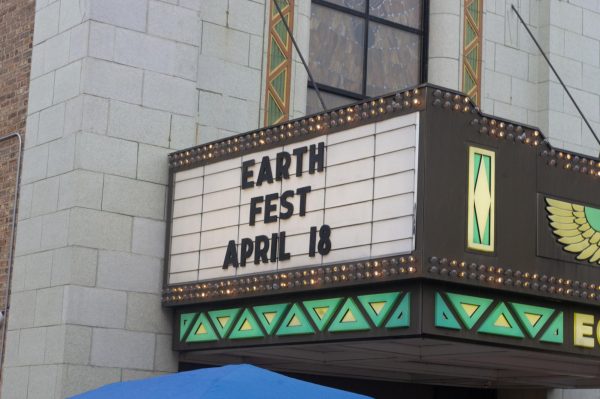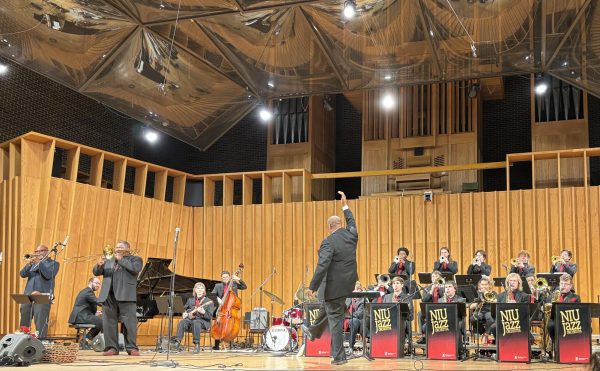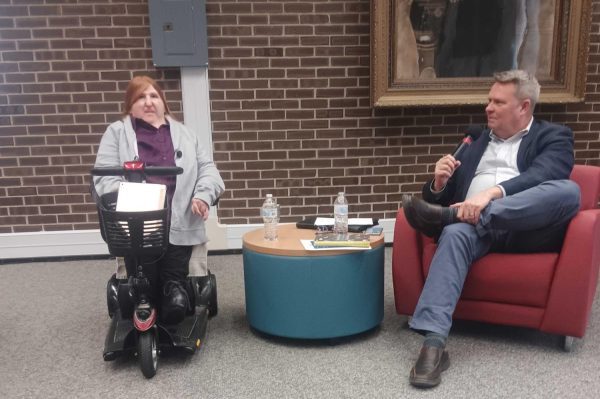Ulrich Maiss brings cello noise to DeKalb
October 2, 2007
Attendees at the School of Music’s Boutell Memorial Concert Hall knew they were in for something different Sunday night.
Ulrich Maiss, a Berlin-based musician, gave a music recital for cello and electronics. He performed two U.S. premieres of pieces written especially for him, one of which, “Cello Titan,” literally shook the ground beneath the audience’s feet with its amplified sounds.
The two commissioned works made up the first half of the concert. The second half was devoted to Maiss’ arrangement of Lou Reed’s “Metal Machine Music.” Maiss calls his version “CelloMachine.”
“Metal Machine Music” (MMM) first came to light in Reed’s 1975 double-LP of the same name. An hour-long onslaught of atonal guitar noise, MMM was pulled from the shelves after a mere three weeks on the market.
Sunday night’s concert marked the last performance of “CelloMachine.”
The sight on stage was atypical: A lone cellist surrounded by an Apple laptop, a glut of effects pedals and DI boxes, two amplifiers, two microphones and eight speakers. Looking more like Trent Reznor than Yo-Yo Ma, Maiss wore loose-fitting black clothes and orange sneakers.
Maiss wasted no time in starting the piece, one second, picking up his bow and the next, furiously sawing his electronically manipulated instrument’s strings, producing something that might best be described as the sound of every fingernail scraping every chalkboard in every schoolhouse, and then fed through a sound system.
Deftly maneuvering multiple loop pedals, Maiss turned this sound into a sort of drone, a sonic foundation on which the rest of the piece would be built. He then layered other sounds on top, sometimes with broad strokes on the lowest string, sometimes playing series of harmonics that almost sounded tonal and sometimes reaching his left hand past the fingerboard to produce the most piercing sounds in the piece.
While many in attendance no doubt felt violated or cheated by sitting through the hour-plus barrage of abrasive noise, no one can claim apathy. The very sight of the performer – leg twitching, hands convulsing, face muscles contracting – was more than enough to leave a lasting impression in anybody’s mind.
Possibly the most effective parts of the piece were the silences, about four in all. After 20 minutes of constant noise, silence can hurt your ears.
In fact, the noise – loud and violent though it may have been – became predictable, even comfortable by the end of the piece. After a while, Maiss ran out of new ideas to stack onto the drone, and all the grinding noise felt more like a familiar walk through the neighborhood than a hostile fire fight in the trenches.
Perhaps the piece would have been more effective with half the length – and that’s not just my ears talking. I had earplugs.









